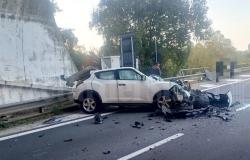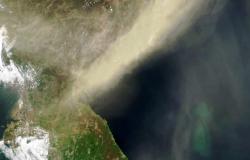In Castel del Rio, repair work has begun on the ‘Panoramica’ municipal road which collapsed during the devastating flood last spring, almost a year ago. Numbers in hand, this is the start of the first reconstruction site in the surrounding area. An intervention much awaited by the Alidosian community because it is focused on an artery, the only one completely closed to vehicular traffic in the area due to the landslides caused by the heavy rains last May, fundamental in the road balance of the area.
The ‘Panoramica’, in fact, allows you to reach the hamlet of Valsalva and represents a valid support to the Montanara provincial road for those heading south. This was in a normal regime but after the total collapse of the road for about thirty metres, not far from the Alidosi Bridge on the route leading towards Cantagallo, the scenario changed radically. The bulldozers have been at work for a couple of days, with the construction site handed over to the Trentino company Zanetel Mauro Movimenti Terra (the specialized company from Primiero di San Martino di Castrozza is now at home in the town of the upper Santerno valley with many operations carried out with the special mechanical ‘spider’ after the flood) last Thursday, for the construction of an unprecedented underground drainage viaduct with a total cost of 531 thousand euros. An amount that is part of the allocation of 24 million euros for the reconstruction of the Castel del Rio road network endorsed by the commissioner structure led by General Figliuolo.
“So our town will have its second bridge – jokes the deputy mayor Davide Righini who follows the works closely –. A necessary work to restore a semblance of normality to the local connections. Timing? About 150 days but much will depend on the leniency of the weather forecast”. Specifically, in fact, we will proceed with the installation of particular concrete sails, with the functionality of pylons, and the filling of the chasm with drainage material such as scree. “A non-invasive consolidation action for the slopes and thrust of the mountain which insists on a point where the traces of centuries-old landslides are still visible – he continues –. The green light, then, for the superficial casting of asphalt to give life back to the artery The project process, which started in June last year, also involved the geologist Stefano Marabini. The profound knowledge of the subsoil structure and the bureaucratic work developed by the office staff of our municipality are fundamental.
Tags: postflood works started surrounding area Hand Overview





